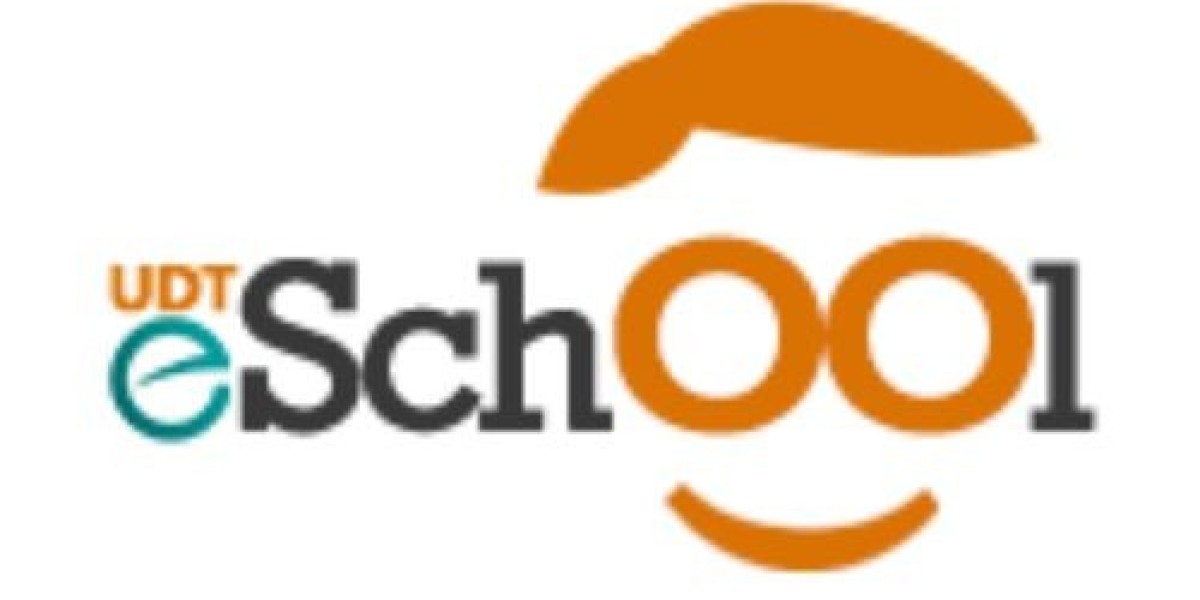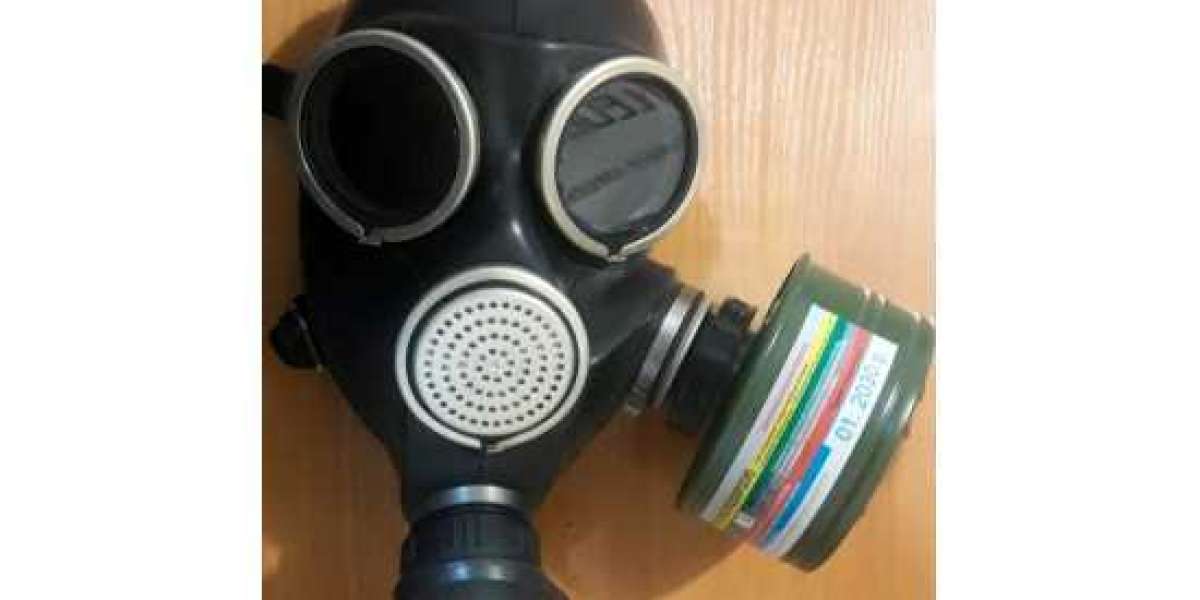Major factors driving market revenue growth include increasing use of stem cells to treat various diseases, increasing stem cell-based research activities, and growing funding in stem cell-based research.
Market Size – USD 17.05 Billion in 2020 Market Growth – 6.8% Market Trends – Technological advancements in cell therapy and increasing emphasis on development of personalized medicines
The global stem cell manufacturing market size is expected to reach USD 28.85 billion by 2028, registering a CAGR of 6.8% over the forecast period, according to the latest report by Reports and Data. Major factors driving market revenue growth include increasing use of stem cells to treat various diseases, growing stem cell-based research activities and rising funding from in stem cell-based research. Market growth is being aided by technological advancements in cell therapy and a greater emphasis on production of personalised medicines.
Stem cell processing is the process of creating stem cells for use in cell-based research and drug creation. Scale-up is one of the main drivers for the stem cell manufacturing industry, as it is needed to progress a cell-based therapeutic from pre-clinical stage development through later clinical stages and into commercial production.
Growing need to understand how diseases develop has fuelled the stem cell manufacturing industry. Researchers can learn more about how diseases and disorders grow by looking at how stem cells evolve into cells in bones, heart muscle, nerves, and other organs and tissue.
Use of stem cells to produce healthy cells and replace diseased cells or in the advancement of regenerative medicine has increased demand for stem cell manufacturing. People with spinal cord injuries, type 1 diabetes, Parkinson's disease, amyotrophic lateral sclerosis, Alzheimer's disease, heart disease, stroke, burns, cancer, and osteoarthritis may benefit from stem cell therapies. Stem cells have the ability to be grown into new tissue for transplant and regenerative medicine purposes. Researchers continue to learn more about stem cells and how they can be used in transplant and regenerative medicine.
Researchers use certain types of stem cells to monitor investigational drugs for protection and quality before using them in humans. For cardiac toxicity testing, this method of testing has a direct effect on drug production. Using human stem cells that have been programmed into tissue-specific cells to test new drugs is one of the new fields of research. For successful drug testing, the cells must be programmed to obtain the properties of the cell types targeted by the drug. Techniques for programming cells to become unique cells are still being researched. Nerve cells, for example, may be used to test a potential medicine for a nerve disorder. Tests may reveal whether the new drug had some effect on the cells or whether they were harmed as a result of it.
The market is expected to be constrained to some extent by factors such as lack of FDA-approved stem cell treatment products, risks associated with unproven stem cell therapies, and a lack of government regulations in developing countries.
Get a sample of the report @ https://www.reportsanddata.com/sample-enquiry-form/4104
The report provides a panoramic view of the market and insights that will help formulate better business decisions. In addition to that, the study helps well-established companies and players gain a deeper understanding of the market and make informed decisions. The report also discusses in detail about the key factors influencing the market growth.
Key companies operating in the market include:
Thermo Fisher Scientific (US), Merck Group (Germany), Becton, Dickinson and Company (US), Bio-Rad Laboratories (US), Miltenyi Biotec (Germany), Takara Bio Group (Japan), STEMCELL Technologies (Canada), Pharmicell (South Korea), Osiris Therapeutics (US), Anterogen (South Korea), Cellular Dynamics International (US), MEDIPOST (South Korea), Lonza Group (Switzerland), Holostem Terapie Avanzate (Italy), and Pluristem Therapeutics (Israel), among others.
The report covers an extensive analysis of the key market players in the market along with their business overview, expansion plans, and strategies. The report also focuses on recent strategic alliances in the market including mergers and acquisitions, joint ventures, partnerships, agreements, corporate and government deals, product launches, and brand promotions, among others.
Request a discount on the report @ https://www.reportsanddata.com/discount-enquiry-form/4104
The report aims to provide a better understanding of the market dynamics and the workings of the industry on a global level. To gain a deeper understanding of the industry, the global Stem Cell Manufacturing market is further segmented on the basis of key geographical regions such as North America, Latin America, Europe, Asia-Pacific, and the Middle East Africa. The report also offers a country-wise analysis to provide crucial insights into market size, market growth, market revenue growth, and economic growth in each region.
On basis of product types and application offered by the Stem Cell Manufacturing industry, the market is segmented into:
Product Outlook (Revenue, USD Billion; 2018 – 2028)
- Stem Cell Lines
- Embryonic Stem Cells (ESCs)
- Hemopoietic Stem Cells (HSCs)
- Mesenchymal Stem Cells (MSCs)
- Multipotent Adult Progenitor Stem Cells
- Induced Pluripotent Stem Cells (iPSCs)
- Neural Stem Cells (NSCs)
- Instruments
- Bioreactors Incubators
- Cell Sorters
- Other Instruments
- Culture Media
- Consumables
Application Outlook (Revenue, USD Billion; 2018 – 2028)
- Research
- Clinical
- Cell and Tissue Banking
End User Outlook (Revenue, USD Billion; 2018 – 2028)
- Hospitals and Surgical Centres
- Pharmaceutical and Biotech Companies
- Cell Banks and Tissue Banks
- Academic Institutes, Research Laboratories, and CROs
- Other
The regional analysis covers:
- North America
- S.
- Canada
- Mexico
- Europe
- Germany
- K.
- Italy
- France
- BENELUX
- Rest of Europe
- Asia Pacific
- China
- India
- Japan
- South Korea
- Rest of APAC
- Latin America
- Brazil
- Rest of LATAM
- Middle East Africa
- Saudi Arabia
- A.E.
- South Africa
- Rest of MEA
To know more about the report @ https://www.reportsanddata.com/report-detail/stem-cell-manufacturing-market
Benefits of Stem Cell Manufacturing Market Report:
- Panoramic overview of the opportunities and risks in the Stem Cell Manufacturing sector
- Study of recent innovations and developments in the industry
- Comprehensive study of the growth pattern of the Stem Cell Manufacturing industry
- In-depth assessment of the competitive landscape of the key players of the Stem Cell Manufacturing industry
- Analysis of the Stem Cell Manufacturing market drivers, constraints, and opportunities
- Assessment of technological developments and latest trends of the industry
Request a customization of the report @ https://www.reportsanddata.com/request-customization-form/4104
Thank you for reading our report. For customization or further inquiry, please get in touch with us. Our team will ensure the report is tailored according to your requirements.








